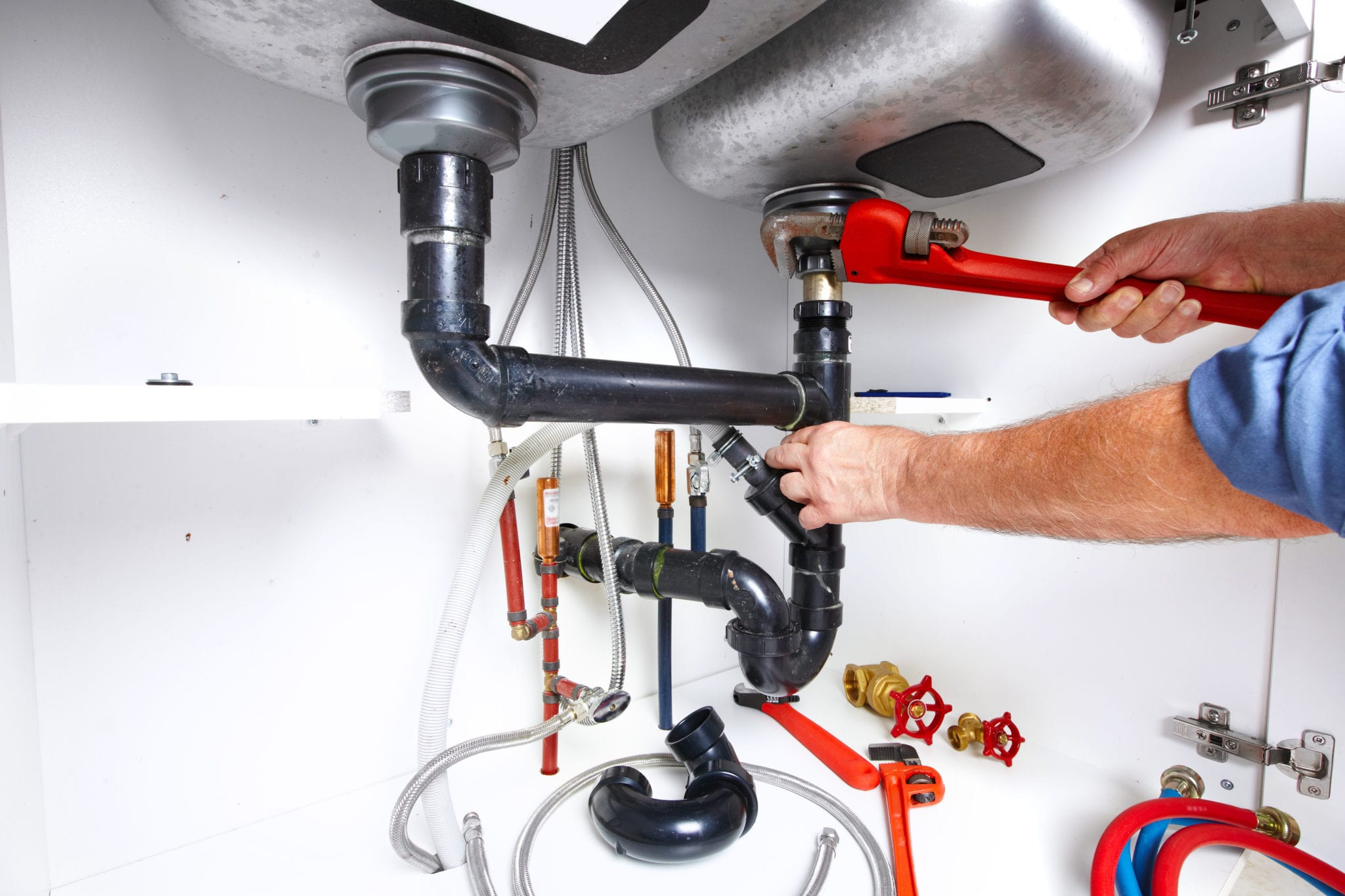We have stumbled upon the article involving Leaking water lines listed below on the net and felt it made sense to talk about it with you over here.

Early discovery of dripping water lines can mitigate a prospective calamity. Some little water leakages may not be visible.
1. Examine the Water Meter
Every home has a water meter. Inspecting it is a guaranteed manner in which assists you find leakages. For beginners, switch off all the water resources. Make certain nobody will certainly flush, use the faucet, shower, run the cleaning machine or dish washer. From there, go to the meter and watch if it will change. Given that no one is using it, there ought to be no motions. If it moves, that indicates a fast-moving leak. If you spot no changes, wait an hour or two and examine back again. This indicates you might have a slow-moving leakage that might also be underground.
2. Check Water Intake
Examine your water expenses and track your water intake. As the one paying it, you must discover if there are any discrepancies. If you detect sudden changes, in spite of your consumption coinciding, it suggests that you have leakages in your plumbing system. Remember, your water costs must fall under the very same variety every month. An abrupt spike in your expense indicates a fast-moving leakage.
A constant increase every month, also with the same practices, reveals you have a slow leak that's likewise gradually escalating. Call a plumber to completely examine your building, particularly if you really feel a cozy area on your floor with piping beneath.
3. Do a Food Coloring Examination
When it pertains to water intake, 30% originates from toilets. Examination to see if they are running properly. Drop specks of food shade in the container and wait 10 minutes. There's a leakage in between the container and bowl if the color somehow infiltrates your bowl during that time without flushing.
4. Asses Exterior Lines
Don't forget to check your exterior water lines too. Ought to water permeate out of the connection, you have a loosened rubber gasket. One tiny leakage can waste bunches of water and also increase your water bill.
5. Analyze the situation and also inspect
Homeowners need to make it a behavior to inspect under the sink counters and also inside cupboards for any bad odor or mold and mildew growth. These two warnings indicate a leakage so punctual interest is required. Doing regular evaluations, also bi-annually, can save you from a major trouble.
Check for stainings and deteriorating as the majority of devices and also pipes have a life expectancy. If you think dripping water lines in your plumbing system, do not wait for it to rise.
Early discovery of dripping water lines can alleviate a possible calamity. Some tiny water leaks may not be visible. Inspecting it is a guaranteed method that aids you uncover leakages. One little leakage can throw away heaps of water and also increase your water costs.
If you believe dripping water lines in your plumbing system, do not wait for it to rise.
WARNING SIGNS OF WATER LEAKAGE BEHIND THE WALL
PERSISTENT MUSTY ODORS
As water slowly drips from a leaky pipe inside the wall, flooring and sheetrock stay damp and develop an odor similar to wet cardboard. It generates a musty smell that can help you find hidden leaks.
MOLD IN UNUSUAL AREAS
Mold usually grows in wet areas like kitchens, baths and laundry rooms. If you spot the stuff on walls or baseboards in other rooms of the house, it’s a good indicator of undetected water leaks.
STAINS THAT GROW
When mold thrives around a leaky pipe, it sometimes takes hold on the inside surface of the affected wall. A growing stain on otherwise clean sheetrock is often your sign of a hidden plumbing problem.
PEELING OR BUBBLING WALLPAPER / PAINT
This clue is easy to miss in rooms that don’t get much use. When you see wallpaper separating along seams or paint bubbling or flaking off the wall, blame sheetrock that stays wet because of an undetected leak.
BUCKLED CEILINGS AND STAINED FLOORS
If ceilings or floors in bathrooms, kitchens or laundry areas develop structural problems, don’t rule out constant damp inside the walls. Wet sheetrock can affect adjacent framing, flooring and ceilings.
https://www.servicemasterbyzaba.com/blog/how-to-detect-water-leakage-in-walls/

I was introduced to that write-up on Hacks to detect leaks through a good friend on a different web blog. So long as you enjoyed our blog post plz do not forget to share it. Many thanks for going through it.